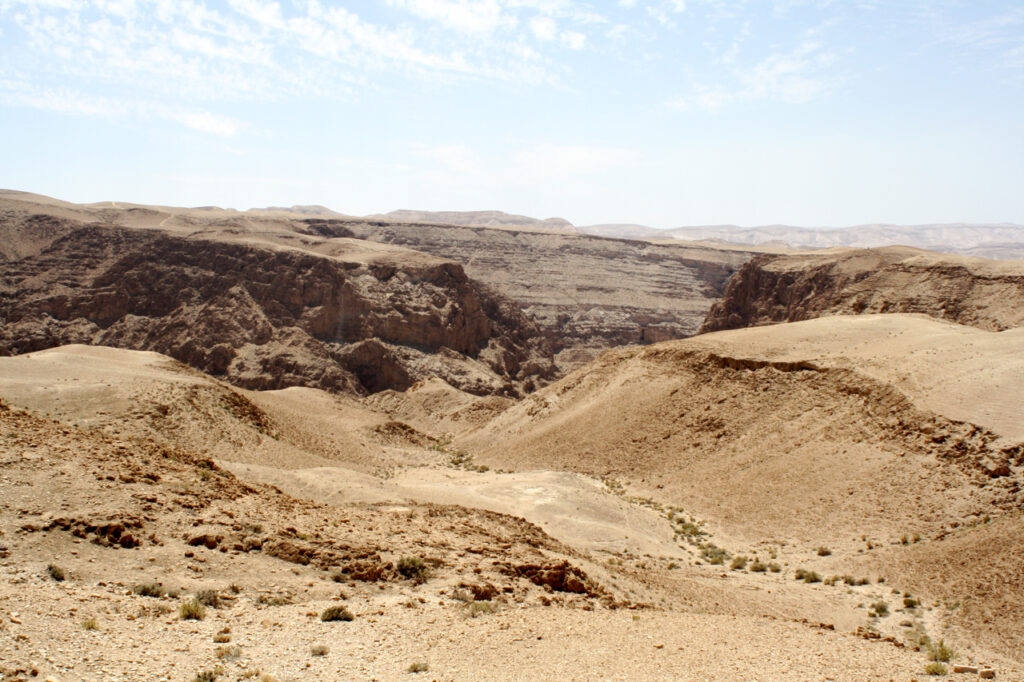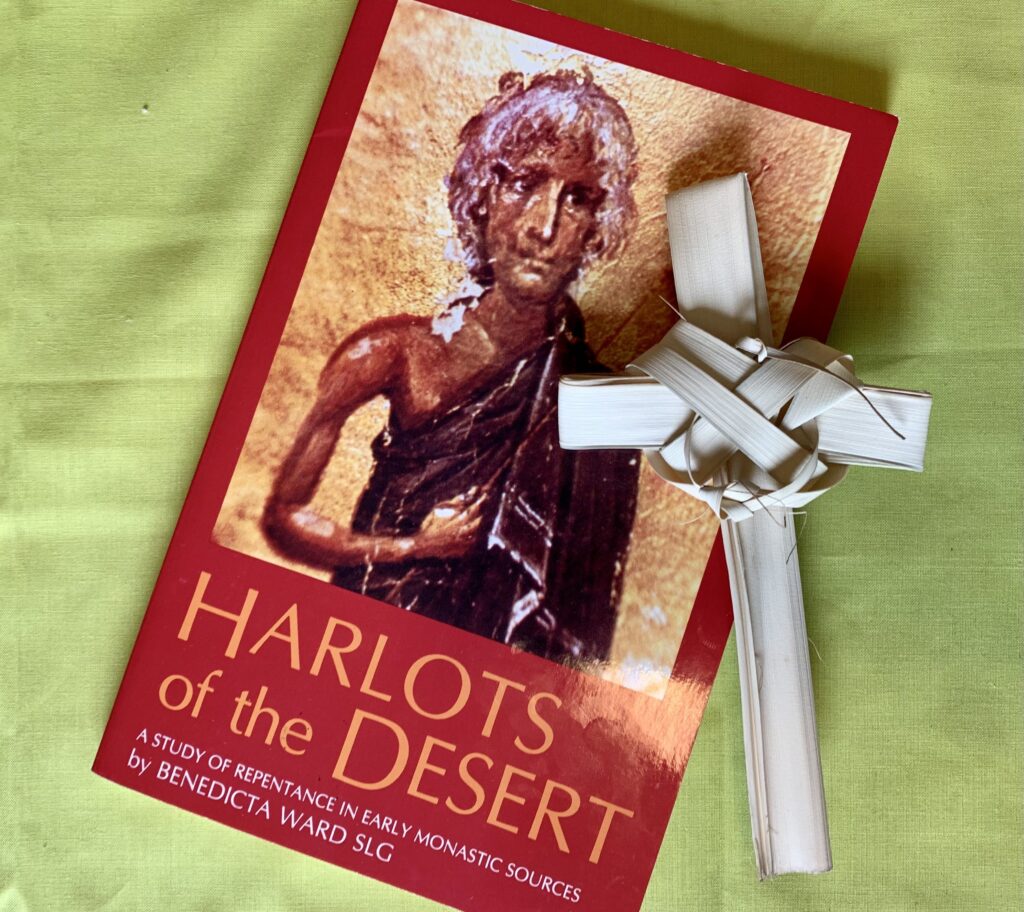Feast Day: April 2
My parish opened mass this Sunday by singing the great Lenten hymn, “Take Up Your Cross.” As we sang this musical setting of Jesus’ words (Mt 16:24), it struck me how odd of an invitation it is. We all bear crosses. That is part of being human. You cannot opt out of suffering. Jesus though doesn’t say, “Carry the cross that’s already weighing you down.” He says, “Pick up my cross.” It can take a lot of courage to hold our heads up under the burdens that we are forced to carry. It takes a different kind of courage to make a choice to take on something more.
Why do it? When Jesus tells his disciples to take up the cross, he immediately reminds them that they will die. No matter how frantically they try to save their lives—even if they gain the whole world—it will not profit them, because there is nothing in this world that they can use to purchase their life. If, however, they lose their life for Jesus’ sake, they will find it forever. The road through Good Friday goes to Easter Sunday.
Lent is the time to turn ourselves towards God and repent. That can happen in surprising ways. Take for example a monk from fifth-century Palestine who went out into the desert for Lent and stumbled upon a remarkable woman there in an act of divine coincidence.

The Woman in the Desert
I have written before about Eastern monks like Simeon Stylites: communities of men or women who try to literally live out Jesus’ invitation to sell all your possessions, give up marriage, give up violence, and live a life of constant prayer in accord with the Beatitudes. It was the Lenten custom in one of these monasteries that each monk would go out into the Judean desert where Jesus himself had fasted and prayed to spend forty days in solitary prayer. As Zossima, a highly respected old monk and priest, traveled out into the empty wastelands he saw a figure that immediately vanished. Was it a mirage? A demon?
Zossima pushed forward, calling out in God’s name. He was answered by a woman’s voice asking him to throw his cloak down into the underground cave where she lived. He did so, and a woman with short white hair emerged wrapped in his cloak. She had lived so many decades alone in the desert that her own clothes had disintegrated long ago. Zossima and Mary (as he learned she was called) talked a long time about her life and holy things. Each insisted on asking the other for their blessing, each one insisting they were an unworthy sinner.
After Zossima left her, the memory of her example inspired him to return to his Lenten penance and then to his whole monastic life with renewed fervor. Mary had just seemed so much farther along the infinite road to perfection. Next Lent, he returned to the desert with the Eucharist to give to Mary. He found the old woman had died, a peaceful expression on her face, with a message left next to her. It thanked Zossima in advance for coming to her and asked him to bury her. The baked desert earth, however, proved too tough for the old man to dig in without tools. While he prayed about the problem, a lion wandered into the area. The lion, instead of attacking, began to dig a hole with his claws. That is where Zossima buried Mary. Monks would point out her grave to visitors at least a century later.

From Egypt to the Desert
Several different ancient authors tell us about the discovery of Mary in the desert and testify to how her example of a peaceful, penitential life completely dependent on God continued to inspire monks years later. They do, however, offer conflicting stories about how she came to the desert. It is impossible at this historical distance to know which is true.
The most popular version tells us that Mary came from the great city of Alexandria in Egypt. She wasn’t wealthy and supported herself by spinning thread. As a good-looking woman, however, she managed to create for herself a rather wild life of partying and sex. One day she found a group of handsome young men talking about making a pilgrimage to Jerusalem and she decided it would be fun to go along. She offered to pay her way with sexual favors and they accepted.
There, as a Holy Land tourist, she continued to have a grand time until she tried to enter the cathedral there. She crashed into an invisible wall. Everyone else entered without problem (including, apparently, her young male companions, which seems rather unfair). That moment literally brought her up short. She started examining her life. She realized that it was empty of everything except pleasures that passed in a moment. To gain those pleasures, she had sinned. In a remarkable act of God’s grace, Mary resolved then and there to devote herself to penance and to the Lord with the same fervor with which she had earlier pursued pleasure. So she set off into the desert alone to abandon trivial things and give herself entirely to God.
St. Mary: Love and Penance for Our Lent
One monastic commentator on her life asked if we aren’t all a little like Mary? We figuratively run after so many “lovers” whether it be sex, wealth, reputation, food, or entertainment. We jump from one to the other hoping to be satisfied, only to wake up feeling empty again the next morning. But what if we really did give up everything for God—the one true lover that can make us whole?
St. Mary is an icon of the possibility of completely turning to God. She also points out how demanding it is. You have to choose to change your life and rely completely on the Lord’s grace. You have to abandon your other loves whenever they conflict with God. You can no more enjoy a love of this world equally with love of God than you could keep two lovers in harmony.
We’re going to fail at it, especially when we’re first learning to develop self-discipline through self-denial. What we can do is repent and turn back to God, as Mary did. Even after years of self-discipline in the desert, she knew she was a sinner utterly dependent on God and she still felt the temptation to abandon her religious life to seek empty comforts. After just a few weeks of Lent, I know I feel that way. Mary reminds me that I can do better with God’s help. I can try again to discipline myself, to embrace the cross, and to love God and neighbor. I know that that path leads to resurrection and Easter joy.
If you have a response, thoughts, or questions, please comment at the bottom of the page. Consider subscribing below to get weekly email notifications about new reflections and other news.


